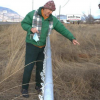The first week of April is the time to say good-bye to the birdfeeder and hello to nesting boxes and hummingbird feeders.
"As long as there's a chance of freezing temperatures overnight, keep the birdfeeder out," said Mike Howard, the birding director with the Central Okanagan Naturalists' Club.
"So, keep an eye on the weather and when it doesn't dip to zero anymore at night, bring the birdfeeder in."
A quick look at the long-range weather forecast shows you'll likely be in the clear at the end of next week to haul in the birdfeeder, ending the constant fill ups of seeds that kept hungry songbirds fed over the tough winter.
Don't worry, the birds will now find their own natural food sources of insects and worms as the weather warms.
Winter birdfeeders and wild bird seed is the fastest growing sales category in many farm and feed stores like Buckerfield's, which has nine stores across BC (Kelowna, West Kelowna, Salmon Arm, Abbotsford, Saanich, Langford, Nanaimo, Duncan and Parksville) and coming April 5 in Vernon.
Some people keep the seed buffett going year-round.
There's nothing wrong with that, especially if you love watching chirping birds all season.
But there really isn't a need since your feathered friends can find their own food in the spring, summer and fall.
In fact, birds will want to feed their young worms and insects because they provide more nutrition than seeds.
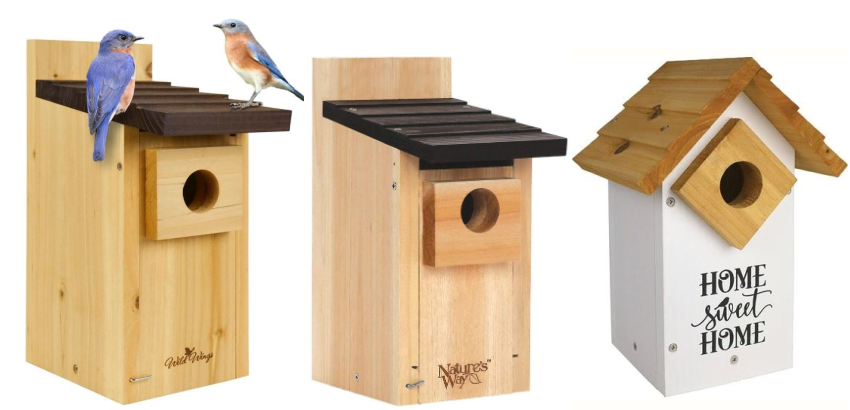
Which brings us to the topic of nesting boxes aka birdhouses and bird boxes.
If you already have existing nesting boxes out from last year, make sure you clear any old nests out of them.
Once you do that, the birds will do the rest, finding the birdhouse, building a new nest, laying eggs and raising the hatchlings.
In fact, some pairs will use the nesting box again and again through the spring and summer, raising two or three broods of young.
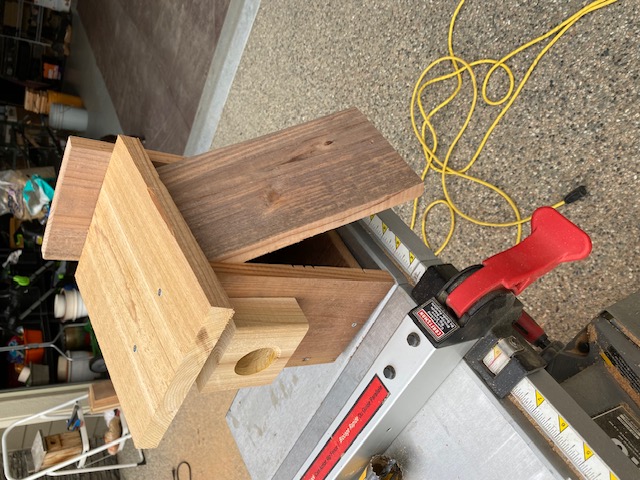
Howard is a big proponent of the bluebird nesting box.
The Central Okanagan Naturalists' Club provides and maintains numerous such birdhouses around Pinnacle golf course and along Beaver Lake Road.
"It's the birdhouse with a round hole that's precisely one-and-nine-sixteenths inches in diameter," he explained.
"That size hole, especially if it has a three-quarter-inch thick guard around the hole, keeps the starlings and magpies out."
However, the opening is the perfect size for small songbirds like the aforementioned bluebird, wrens, chickadees and sparrow.
Howard is a fan of the Nature's Way bluebird houses that can be purchased from $30 at places like Buckerfield's, Canadian Tire and hardware stores.
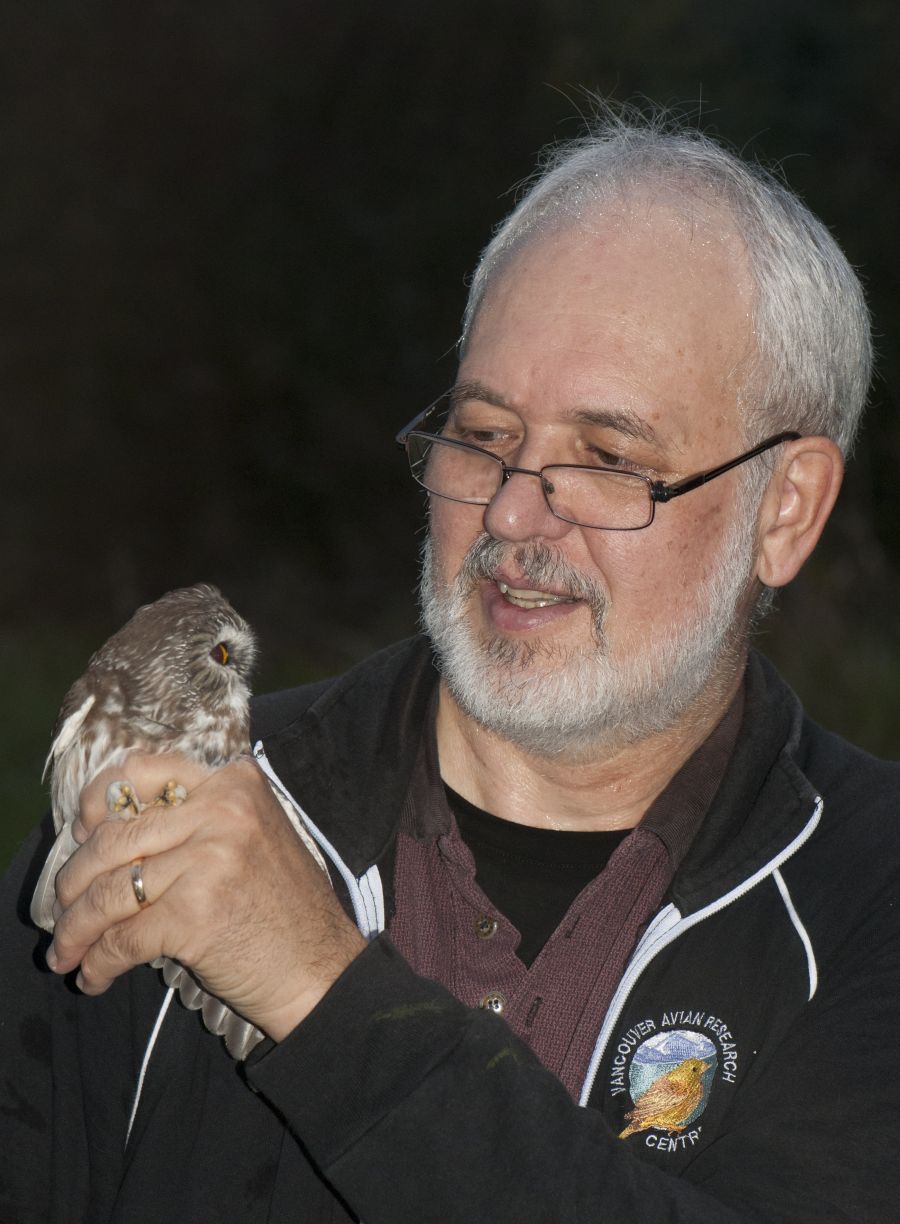
The Nature's Way boxes come with an exact right-sized hole, the guard around it and other features to make it the ideal nesting place for songbirds.
A side door on a hinge allows you to clean out the birdhouse every year, a mesh layer a half-inch off the floor of the house allows airflow and cooling, a ventilation slat allows airflow, some indentations on the inside walls allows baby birds to climb up the side and out when the time comes.
Mount the birdhouse about six or seven feet off the ground on a pole, post, tree trunk or under the eaves of a shed or your house.
Keep nesting boxes about 10 metres apart -- birds like their space and privacy.
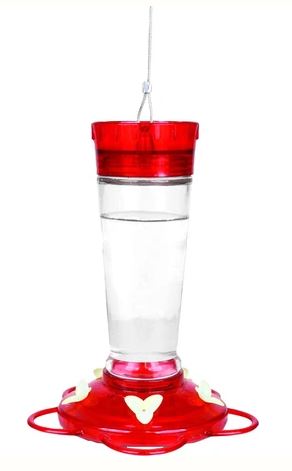
Hummingbird feeders start at about $16 and are generally a plastic or glass cylinder with feeding spouts in the shape of flowers at the base.
No need to buy fancy pre-made nectar or add red food colouring, simply mix water and sugar in a 4:1 ration and fill up the feeder.
Male hummingbirds show up ahead of the females in the first week of April to stake out feeding spots, so put out the feeder now.
Replace the sugar water weekly, even if it isn't all finished, wash the feeder at the same time.












